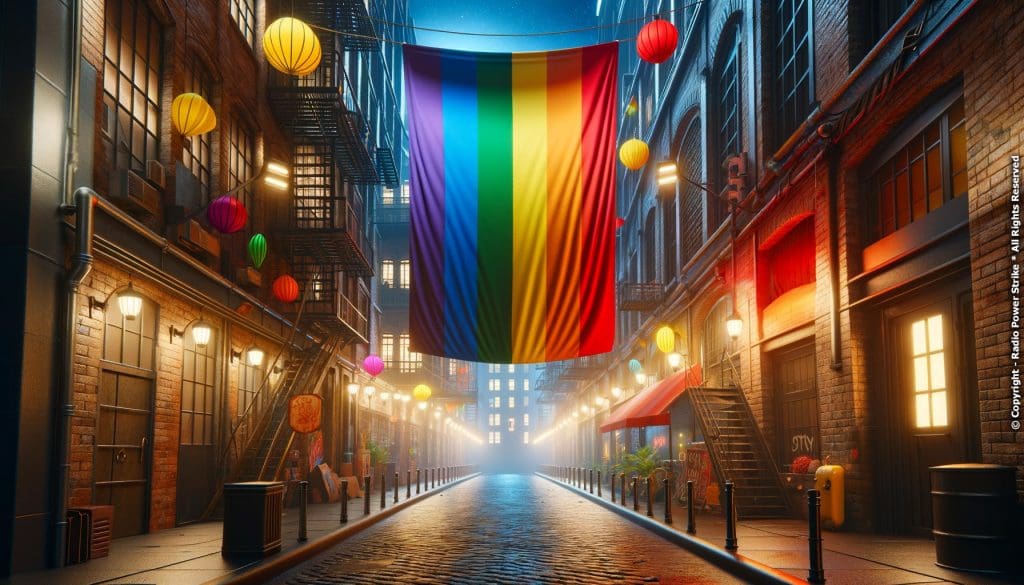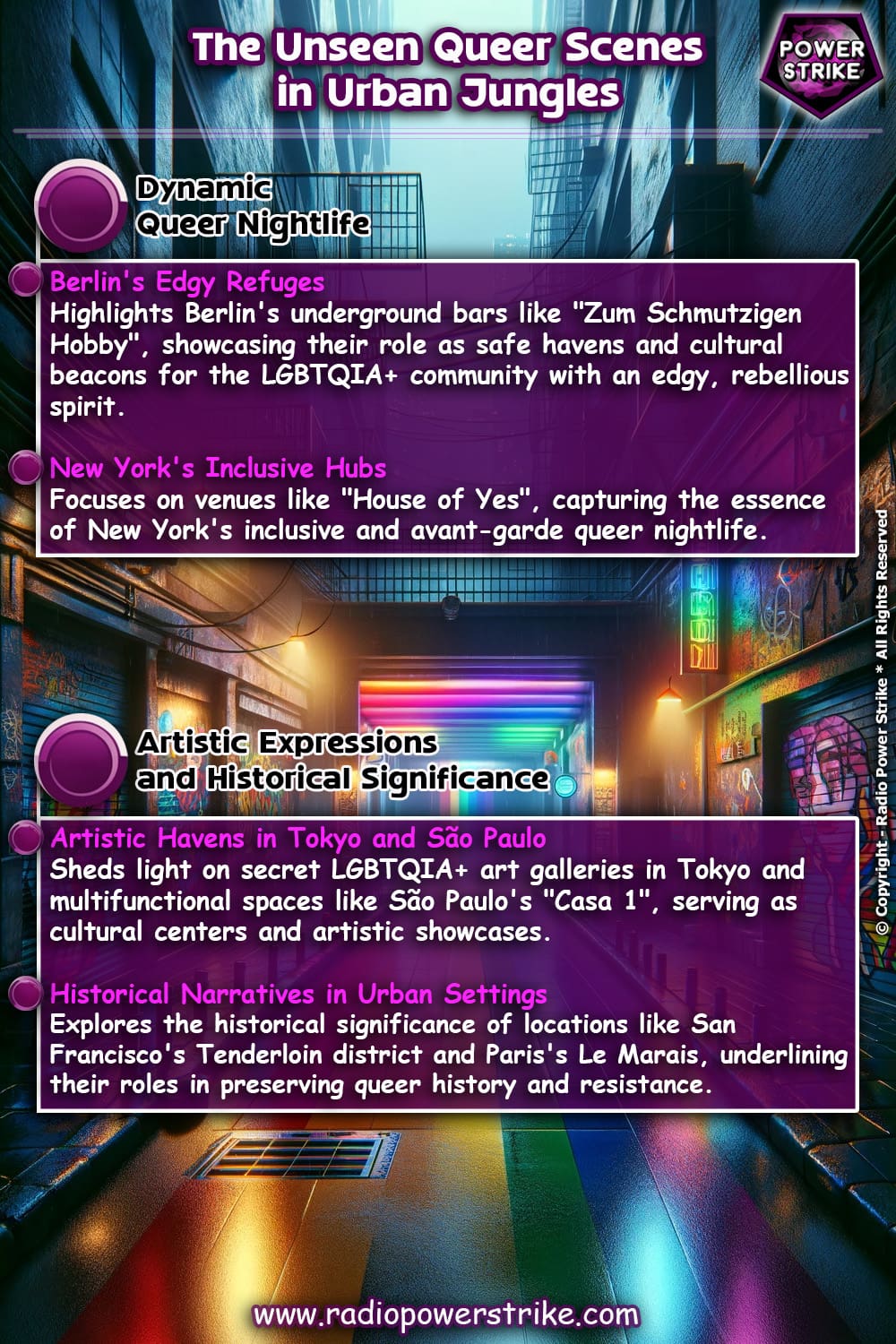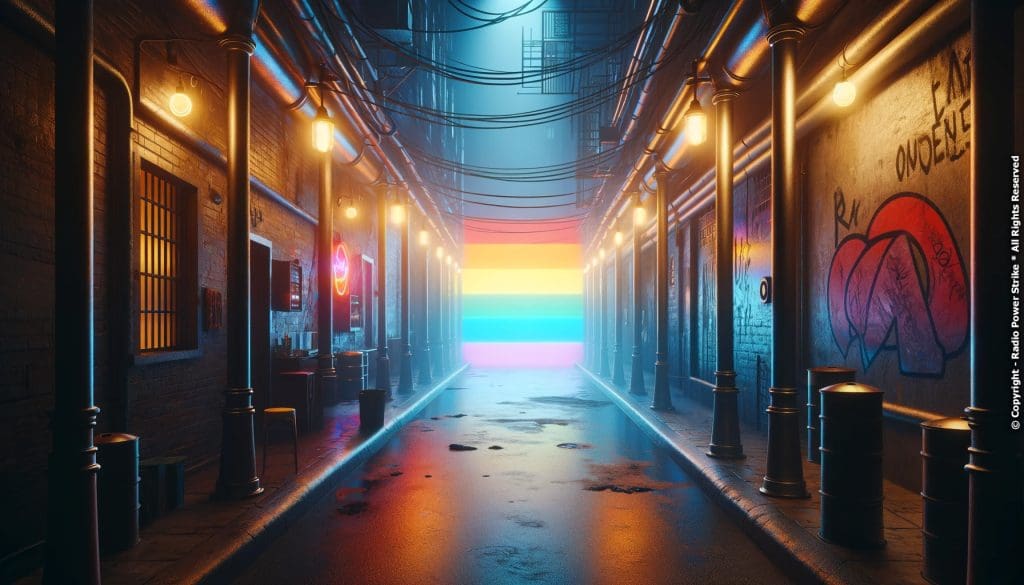Exploring Queer Underground Scenes in Major Cities
Discovering Hidden LGBTQIA+ Gems in Urban Landscapes

Amidst the skyscrapers, bustling streets, and iconic landmarks of major cities around the world, there exists a vibrant underground scene where queer culture flourishes. Often overlooked by mainstream tourism, these underground spaces offer unique experiences, a sense of community, and a rich tapestry of LGBTQIA+ history and artistry. From hidden bars to clandestine art shows, let’s journey into these urban enclaves and celebrate queer culture.

Secretive Nightlife Hubs
In the heart of Berlin, underground bars like “Zum Schmutzigen Hobby” offer a refuge for the LGBTQIA+ community, away from the typical tourist-filled venues. With an edgy vibe, it encapsulates the city’s rebellious spirit and queer history.
New York City, known for its vibrant nightlife, houses venues like “House of Yes” in Brooklyn. While not entirely underground, its avant-garde performances and inclusive atmosphere make it a haven for queer individuals seeking something offbeat.
London’s “Dalston Superstore” stands as a testament to the city’s diverse LGBTQIA+ culture. Nestled away from the mainstream clubs, it offers eclectic music and art, embodying London’s underground queer spirit.
Artistic Queer Spaces
Tokyo, while globally renowned for its pop culture, houses secret LGBTQIA+ art galleries like “Gallery ef”, which frequently showcases queer artists. Located in a renovated old warehouse, it provides a juxtaposition of traditional architecture and modern queer art.
São Paulo’s “Casa 1” serves not just as an art space but also as a cultural center and shelter for LGBTQIA+ individuals. Beyond its exhibitions, it stands as a symbol of resistance and support in the city’s bustling landscape.
In Sydney, the “Performance Space” regularly hosts LGBTQIA+ artists, offering a platform for alternative narratives and pushing boundaries, reflecting the city’s progressive attitude towards queer arts.
Clandestine LGBTQIA+ Historical Spots

San Francisco’s Tenderloin district, while now more open, has a rich history of underground queer movements. The “Compton’s Cafeteria riot” spot stands as a testament to early LGBTQIA+ resistance, echoing stories of bravery amidst adversity.
Paris, synonymous with romance, has its own set of hidden queer tales. The “Le Marais” district, though now quite popular, holds stories of LGBTQIA+ gatherings in secret cafes during more conservative times.
Amsterdam’s “Homomonument” might not be entirely underground, but it’s an essential spot for those delving into queer history. This monument, commemorating persecuted LGBTQIA+ individuals, offers a somber reflection amidst the city’s canals and bridges.
Major cities, with their vast landscapes and dense populations, are melting pots of cultures and identities. For those willing to look beyond the surface, there are incredible, rich underground queer scenes waiting to be explored. These hidden gems, be they nightlife spots, artistic havens, or historical landmarks, provide unique insights into the global LGBTQIA+ experience. So, the next time you’re wandering through a city’s streets, remember: there’s a whole vibrant world just waiting beneath the surface.

Comments are closed, but trackbacks and pingbacks are open.